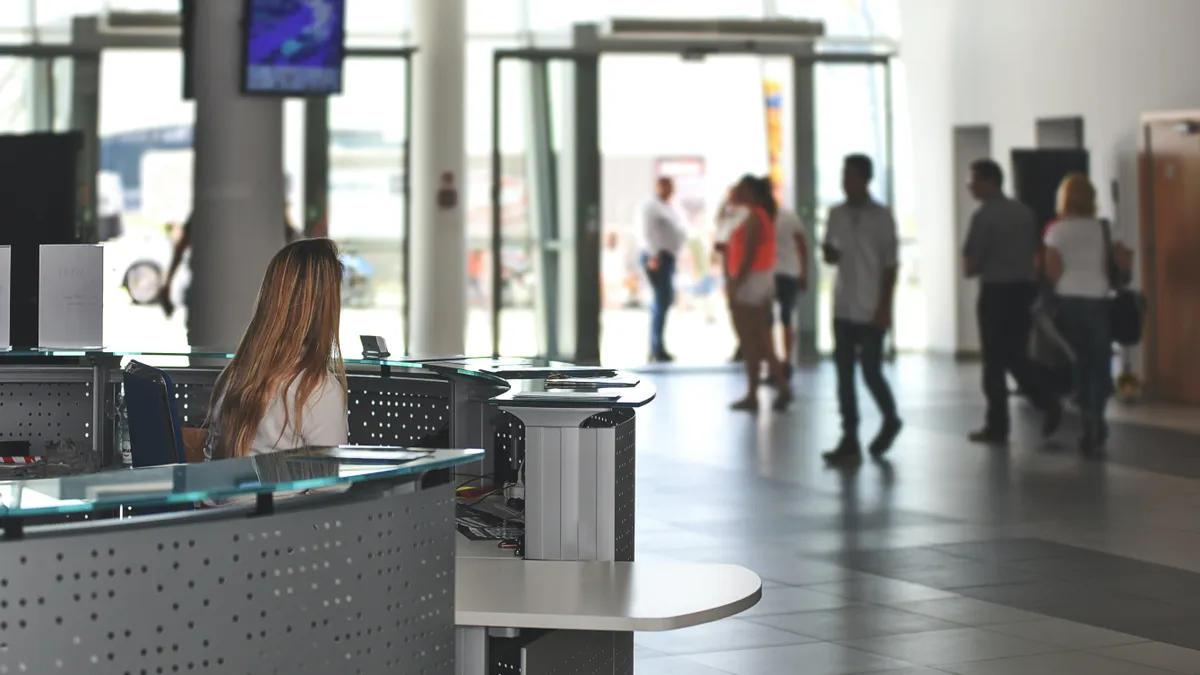Dive Brief:
-
While CFOs, on the whole, remain optimistic about an economic rebound this year, they’re concerned about labor availability and accompanying cost pressures, according to a quarterly survey by Duke University’s Fuqua School of Business and the Federal Reserve Banks of Richmond and Atlanta.
-
Over 75% of CFOs included in the survey said their companies faced challenges in finding workers. More than half of that group also said worker shortage reduced their revenue—especially for small businesses. The survey panel includes 969 CFOs across the U.S.
-
“CFOs expect revenue and employment to rise notably through the rest of 2021,” Sonya Ravindranath Waddell, VP and economist at the Federal Reserve Bank of Richmond said. “[But] over a third of firms anticipated worker shortages to reduce revenue potential in the year.”
Dive Insight:
As many companies struggle to find employees and meet renewed product demand, it’s unsurprising CFOs anticipate both cost and price increases, Waddell said.
About four out of five CFO respondents reported larger-than-normal cost increases at their firms, which they expect will last for several more months. They anticipate the bulk of these cost increases will be passed along to the consumer, translating into higher-priced services.
Despite labor concerns, CFOs are reporting higher optimism than last quarter, ranking their optimism at 74.9 on a scale of zero to 100, a 1.7 jump. They rated their optimism towards the overall U.S. economy at an average of 69 out of 100, a 1.3 increase over last quarter.
For many CFOs, revenue has dipped below 2019 levels due to worker shortage, and in some cases, material shortages, Waddell told Fortune last week. Even so, spending is on the rise, which respondents chalked up to a reopening economy.
“Our calculations indicate that, if we extrapolate from the CFO survey results, the labor shortage has reduced revenues across the country by 2.1%,” Waddell added. “In 2019, we didn’t face [the] conundrum of nine million vacancies combined with nine million unemployed workers.”
Consumer prices have jumped 5.4% over the past year, a U.S. Department of Labor report from last week found; a Fortune report found that to be the largest 12-month inflation spike since the Great Recession in 2008.
To reduce the need for labor amid the shortage, many companies will be “surviving with just some compressed margins for a while, or turning to automation,” Waddell said.














